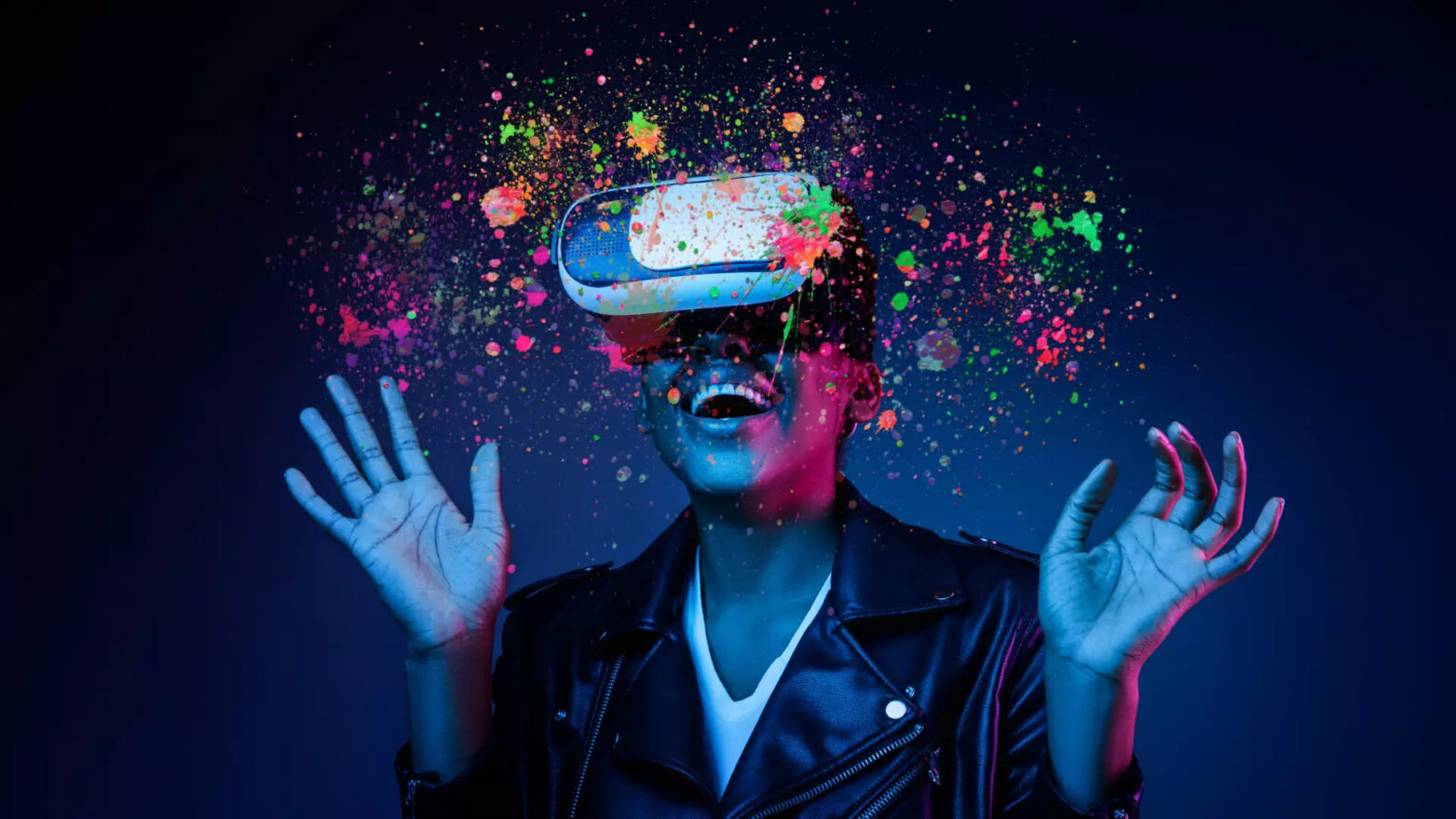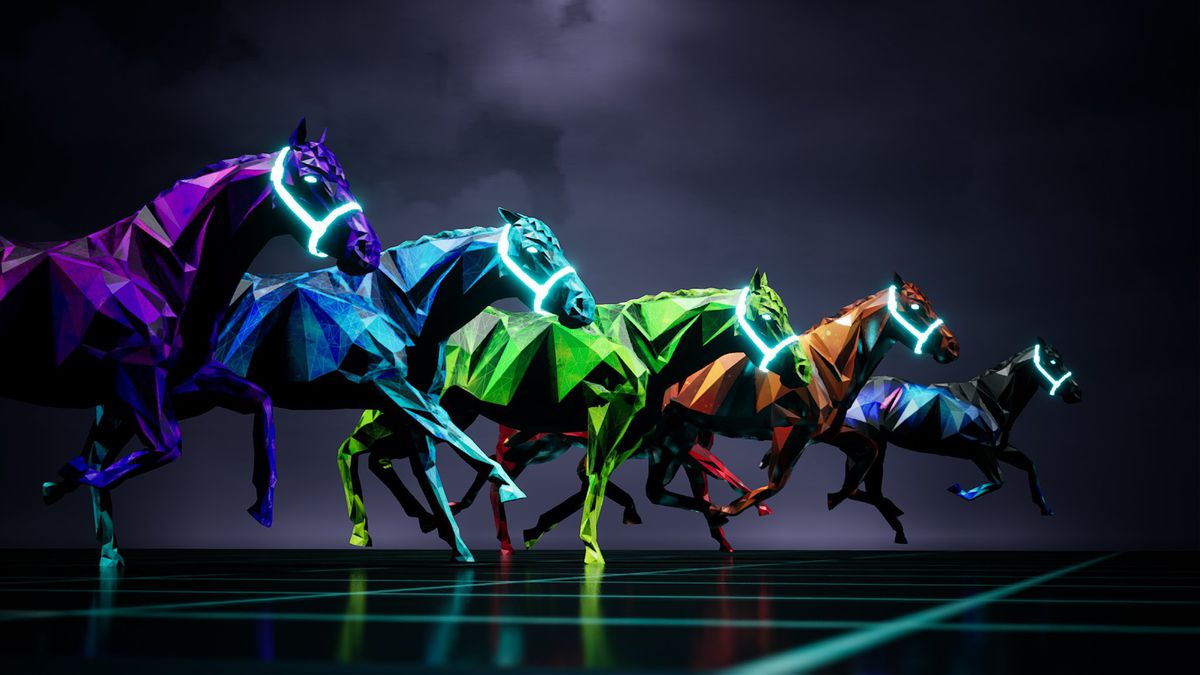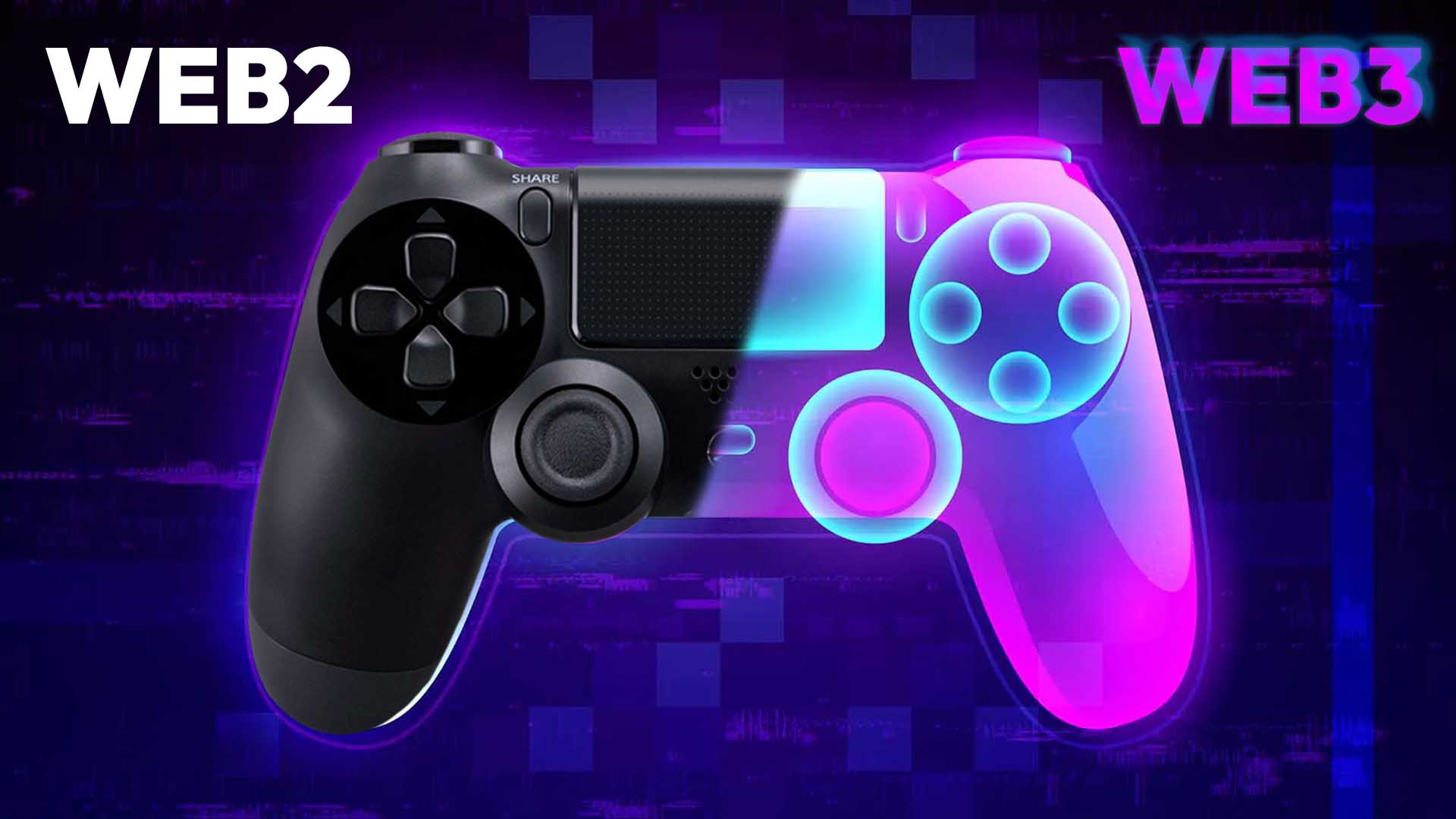Thanks to the NFT space, we know and understand unique digital assets which cannot be duplicated. These assets can be used for various purposes, like avatars in metaverse platforms and digital artwork. With different technologies, these assets’ functions can be improved, and augmented reality (AR) and virtual reality (VR) are two important technologies which are considered in the NFT world.
Today, we are focusing on the relationship between AR, VR, and NFTs. Let’s dive into these technologies’ details with us!

What is a VR NFT?
As you can understand from its name, a VR NFT is a combination of virtual reality and NFT technology. This type of NFTs can be accessible with VR technology, so using necessary VR equipment, like VR headsets, is required for these NFTs.
VR NFTs depend on creating immersive virtual experiences for people. In other words, you can get the chance to interact with different virtual worlds via these NFTs. Hence, this type of NFTs can cause to forget the real-world, but in a good and effective way!

What is an AR NFT?
If you played Pokémon Go previously, you can understand the mechanism under AR NFTs easily. Pokémon Go is an augmented reality mobile game in which players encounter different characters while exploring their surroundings. The main in the game is catching the Pokémon outdoor. Like Pokémon Go, we can mention the filters in Snapchat and Instagram to make AR’s definition concrete.
AR technology combines real life objects with computer-generated information, and AR NFTs are the digital assets that include this technology.
For connecting the real world with virtual space, this technology generally utilizes cameras, custom glasses, and other devices. Hence, at least one smart phone is necessary for dealing with AR NFTs.
The Usages of VR and AR NFTs
Augmented reality and virtual reality improve the NFT world and make the digital assets more creative, immersive, and interesting. Because of the capacity of these technologies, lots of digital artists and companies consider them. Now, we want to focus on the use cases of these technologies in the NFT space.

Art
As you know, the field of art is one of the main functions of NFTs. These digital assets reflect artists’ creative minds and gather art enthusiasts together. At that point, we want to emphasize that AR and VR support this artistic function of NFTs.
Artists can create more realistic artworks by utilizing VR and AR technologies. Moreover, they can add different sounds and digital effects to their NFTs via these technologies to address everyone.
The access to AR NFTs is easier than reaching VR NFTs because all you need is a smart device for dealing with AR NFTs! On the other hand, VR NFTs generally require some VR equipment.
Now, we want to give an example for making your understanding concrete. Andrés Reisinger, an Argentinian digital artist, created virtual furniture, like a table and chair, in the form of NFTs. The furniture, known as ‘’The Shipping’’ collection, can be placed in different metaverse platforms, like Decentraland and Somnium Space. This situation shows that Reisinger’s digital artwork covers VR and AR to make user interaction more effective and meaningful.

Gaming
Most of NFT-based games have a story that draws players’ attention, and these stories can be improved by VR and AR. Also, NFT/blockchain games can connect the real world with the virtual space via these technologies to increase the entertainment.
For instance, there is an AR NFT project called Zed Run. The project is a horse racing experience on the Ethereum blockchain. Within this project, people can buy horses as NFTs and experience augmented reality efficiently.
The number of AR and VR NFT games is low at the moment, but we know that the amount of AR and VR NFT projects will increase in the future due to the power and creativity of these two technologies.

E-commerce
Without leaving home, shopping becomes difficult because trying clothes or other items is necessary for understanding whether there is a matching. Most of the online shopping apps do not give the opportunity to try virtually, but AR NFTs give this chance!
You can try shoes, pants, and other clothes by purchasing AR NFTs. Furthermore, you can try them in virtual fitting rooms, thanks to VR NFTs!
There are some fashion companies which are considering the value of AR and VR in the digital fashion sector. In addition to this sector, other businesses can utilize AR and VR in the NFT world to increase their sales.
Seeing the bridge between different technologies is very important to use them effectively. By gathering AR, VR, and NFTs together, the daily life can be eased, and the life standards for every person can be developed.
 Irem B.
Irem B.











